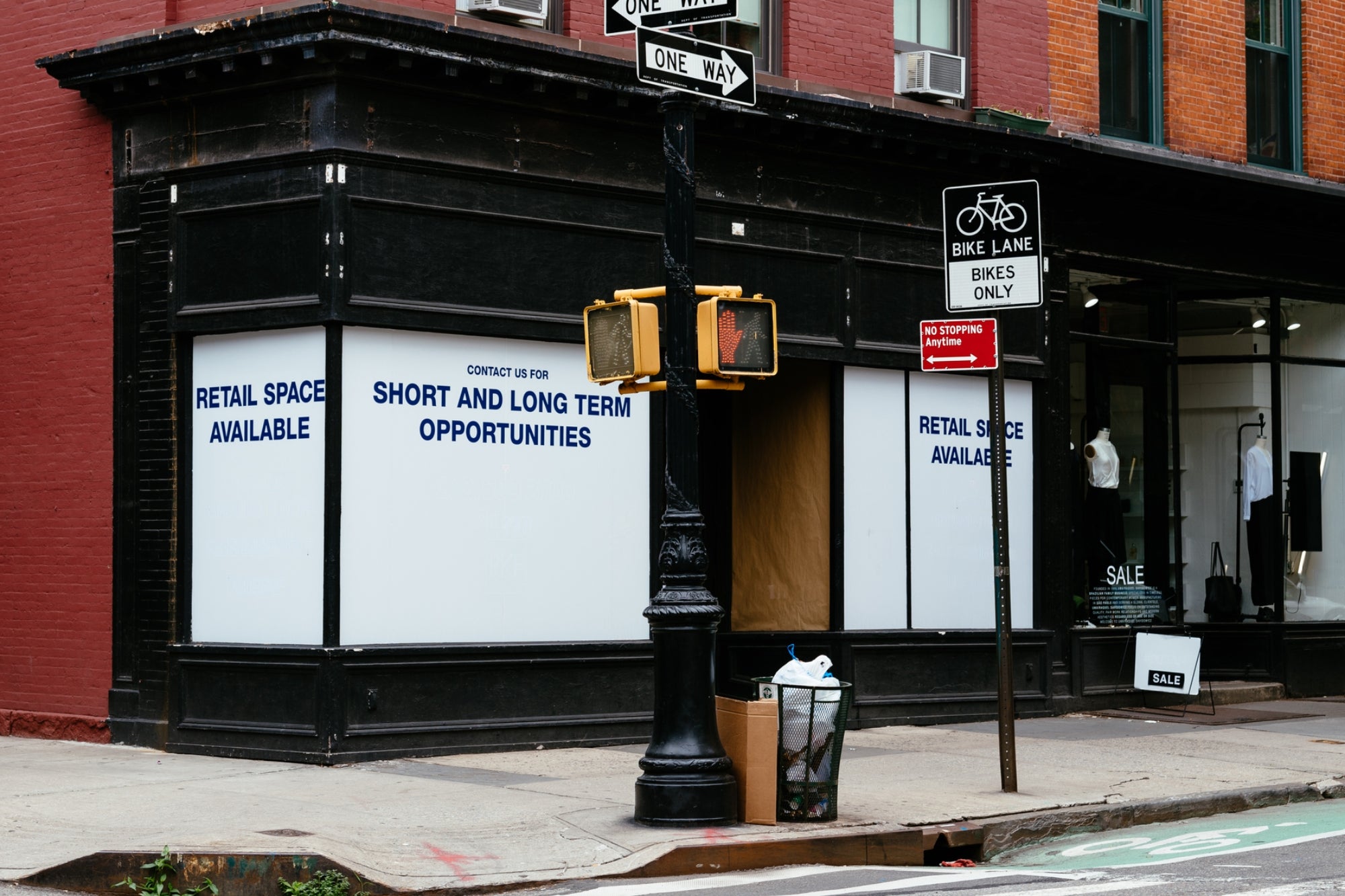Opinions expressed by Entrepreneur contributors are their own.
You’ve heard the old saying, “You can’t judge a book by its cover.” Actually, that’s not always true; customers judge a book by its cover all the time. In many cases, your business’s real estate and its curb appeal are the first messages being sent. Do customers notice your establishment? Do they understand the business by looking at it from 500 feet away? Is its image compelling?
That’s why the right real estate is often the first marketing tactic to consider — certainly for any retail or restaurant enterprise. If you don’t stand out, even on the busiest roads, you’re in trouble. That’s in part why, at Fransmart, we include marketing plans in the real estate approval process, because once a lease is signed on a bad property, it’s too late to fix.
And here’s a chance to learn from my mistakes. Early in my career, I was opening a restaurant in Silicon Valley and secured a site directly across from Google’s headquarters. I was elated: The property tested off the charts in terms of population density and disposable income. What could go wrong?
Here’s what we never considered: Google feeds their employees for free — employs world-class chefs to make incredible food throughout the day. We had direct access to one of the largest workforces in the country, and couldn’t break through because none of them were hungry. Dumb mistake.
A bad site can never be cheap enough, while good sites pay you, so take your time to thoroughly vet locations, including carefully assessing the trade areas and traffic patterns at different parts of the day (and on several different days).
A few other critical factors to keep in mind before locking your brand into its next location.
Related: How AI Will Transform the Real Estate Market
1. Access
Most first-time business owners don’t realize that there are two sides to every street: a breakfast side and a dinner side. Starbucks, for example, is precise with placement — often sitting on busy roads that lead directly to freeways, and always on the side of the road that leads to the freeway in the morning. If your business isn’t positioned to take advantage of a target demographic while they’re on the road, then you’ve set it up for failure. Also, customers prefer right turns over lefts, and if a site requires a left turn to access, it better be a well-lit one.
Lastly, with the rise of third-party delivery apps, a site must be convenient for delivery drivers and take-out orders. The wrong property could cause a logjam in the parking lot, causing customers and delivery drivers to avoid it.
2. Visibility
My business is located on a busy street in Scottsdale, Arizona named Scottsdale Road, with more than 50,000 cars traveling each way every day. Your business is a free billboard on such busy roads, so make sure the location stands out. Think about the streets you normally drive on, now try to remember which brands on them you recall (likely a small percentage).
Know the area where you’re opening like the back of your hand. What are the traffic patterns and major landmarks? Placing your business where it can be seen by the most possible people should always be the goal.
Also, consider orientation. The building should be oriented so that its branding is clear and easily seen. (Being in front of a strip center’s entrance would be a goal, for example).
Related: 4 Reasons New Franchisees Fail (and How to Succeed)
3. Co-tenancy
There’s a potentially fatal incongruity in, say, placing a high-end hipster café in a K-Mart-anchored shopping center. A brand needs to be congruent with nearby businesses. It’s not enough to simply be in a strip center, busy mall or crowded airport.
Certainly, the evolution of outdoor malls or other shopping centers has opened opportunities for restaurant and retail franchises to find a home, but the downside is that competition has never been higher. So, finding the right spot with the right co-tenancies is a strategy you need to master. Centers with landmark retail anchors like Whole Foods, Home Depot or AMC Theaters are perfect — typically attracting large, diverse crowds of potential customers.
4. Parking
Your building can look incredible, but if you don’t have the space to accommodate visiting traffic, you’re doomed. With the rise of delivery and take-out orders, having parking space to manage sudden influxes (such as heavy dinner rushes) is essential, and properties should be planned accordingly.
Keep in mind, too, that structured parking is a restaurant killer: It’s hard to navigate, often crowded and a hotbed for accidents and car damage. What’s worse — the common perception is that garages are unsafe: dense, dark and out of view of the public. Deliveries are also exponentially more difficult if you rely on them. Surface parking, by contrast, offers quick access and easy visibility.
Related: 5 Mistakes Franchisees Make When Looking for Business Real Estate
One last tip: If you’re renting in a shopping center or outdoor mall, finding space near a business with a different rush period can make all the difference. If the bulk of your business is done in the evening, finding a site near a coffee shop or breakfast restaurant can be a boon for parking.
